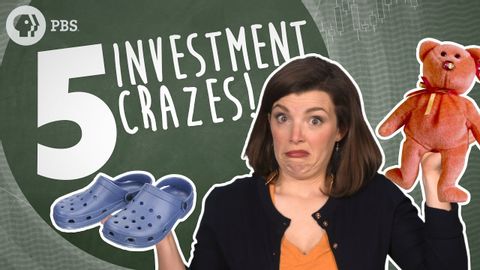
Subtitles & vocabulary
5 Strange Investment Crazes!
00
Capalu posted on 2020/04/27Save
Video vocabulary
stuff
US /stʌf/
・
UK /stʌf/
- Uncountable Noun
- Generic description for things, materials, objects
- Transitive Verb
- To push material inside something, with force
B1
More scratch
US /skrætʃ/
・
UK /skrætʃ/
- Verb (Transitive/Intransitive)
- To rub your skin with your nails to stop an itch
- To make a small cut or mark on a surface
- Noun
- Action of rubbing your skin when itchy
- A small cut or mark on a surface
B1TOEIC
More failure
US /'feɪljər/
・
UK /ˈfeɪljə(r)/
- Noun
- When things go wrong; lack of function
- Act or result of not achieving your goals
A1TOEIC
More Use Energy
Unlock All Vocabulary
Unlock pronunciation, explanations, and filters
